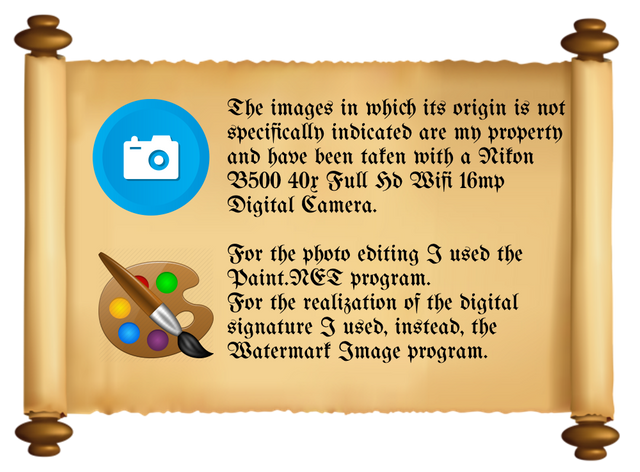Mascardi Lake, a navigable water mirror ideal for fishing and sailing, camping and picnicking.
Posted by Hugo Rep
Posted on November 25, 2019
with 4 comments
A V-shaped lake that is ideal for fishing and sailing. It is located within the Nahuel Huapi National Park and has a number of places around it where you can camp or have a picnic.
One of its branches runs north-south (the Catedral branch) while the other runs east-west (the Tronador branch).
The Corazón island is close to the vertex formed by both branches.
On the north shore of the lake you'll find the Relmu Lafquen camp run by the Wiritray community. Access to this camp is through route 40 south, which runs along the Catedral branch of the lake.
This beautiful mirror of water is about 30 kilometers from Bariloche to the south, along Route 40, it has numerous places to picnic and camp. It can be fished and is navigable.
If you exit route 40 to the right, across the entrance leading to Pampa Linda and Mount Tronador, you'll reach La Querencia campsite, at 4.5 kilometers (2.8 miles) along Route 81.
If you are on the road heading to Pampa Linda you'll find Los Rápidos campsite on the shore of the Tronador branch.
The name of this lake is a tribute to Friar Nicolás Mascardi, one of the religious who came to the region with the intention of converting the inhabitants of the area to Catholicism.
This Jesuit also tried to discover the mythical city of Los Césares. He traveled the Patagonian region evangelizing and graphically recording what he discovered, until he was killed by indigenous people in 1673.
You have to take route 40 south, heading towards the city of El Bolsón, and travel about 30 kilometers, on the right hand side you first pass by the side of Lake Gutiérrez and then you see the Mascardi.
Lake Mascardi is navigable, and you can practice sport fishing in its waters. This lake has several bays protected by reed beds that give food and shelter to a good population of salmonids. Among the species that can be fished are Fontinalis, Rainbow and Brown trout.

One of its branches runs north-south (the Catedral branch) while the other runs east-west (the Tronador branch).
The Corazón island is close to the vertex formed by both branches.
On the north shore of the lake you'll find the Relmu Lafquen camp run by the Wiritray community. Access to this camp is through route 40 south, which runs along the Catedral branch of the lake.
Lake Mascardi beautiful mirror of water about 30 kilometers from Bariloche.
This beautiful mirror of water is about 30 kilometers from Bariloche to the south, along Route 40, it has numerous places to picnic and camp. It can be fished and is navigable.
If you exit route 40 to the right, across the entrance leading to Pampa Linda and Mount Tronador, you'll reach La Querencia campsite, at 4.5 kilometers (2.8 miles) along Route 81.
If you are on the road heading to Pampa Linda you'll find Los Rápidos campsite on the shore of the Tronador branch.
 |
| It is located within the Nahuel Huapi National Park, close to the city of Bariloche, with a maximum length of 23 km; a maximum width of 4 km, and a maximum depth of 218 meters. |
Name's origin.
This Jesuit also tried to discover the mythical city of Los Césares. He traveled the Patagonian region evangelizing and graphically recording what he discovered, until he was killed by indigenous people in 1673.
How to get.
Read also: Steffen Lake a paradisiacal place recommended in its passage through Patagonia.
Sport fishing.

I hope you enjoyed this book. If you have any questions, or want to supplement this post, please write in the comments area. You can also visit Facebook, Twitter, Linkedin, Instagram, Pinterest and Feedly where you'll find further information in this blog. SHARE THIS!
Etichette:
Lakes and Lagoons,
Nature,
Rio Negro,
Sport














Bariloche has several lakes of glacial origin, with water that comes from the thawing of the surrounding hills.
ReplyDeleteLake Mascardi runs in the opposite direction to those of Gutiérrez, from which it is separated by a few kilometers, since it drains into the Manso Superior towards Chile.
Lake Mascardi is one of the most beautiful lakes in Patagonia @Maria Susana Diaz.
DeleteAt the Relmu Lafquen campsite you can spend the day, have a barbecue or picnic, leave the car if you want to go on an excursion nearby or camp. This camping is special because those who run it are members of the Mapuche community, and you can have the opportunity to get closer and learn a little about the worldview of this community, its relationship with nature and its history.
ReplyDeleteThank you for enriching with your comments the contents of the posts @Maria Susana Diaz.
Delete